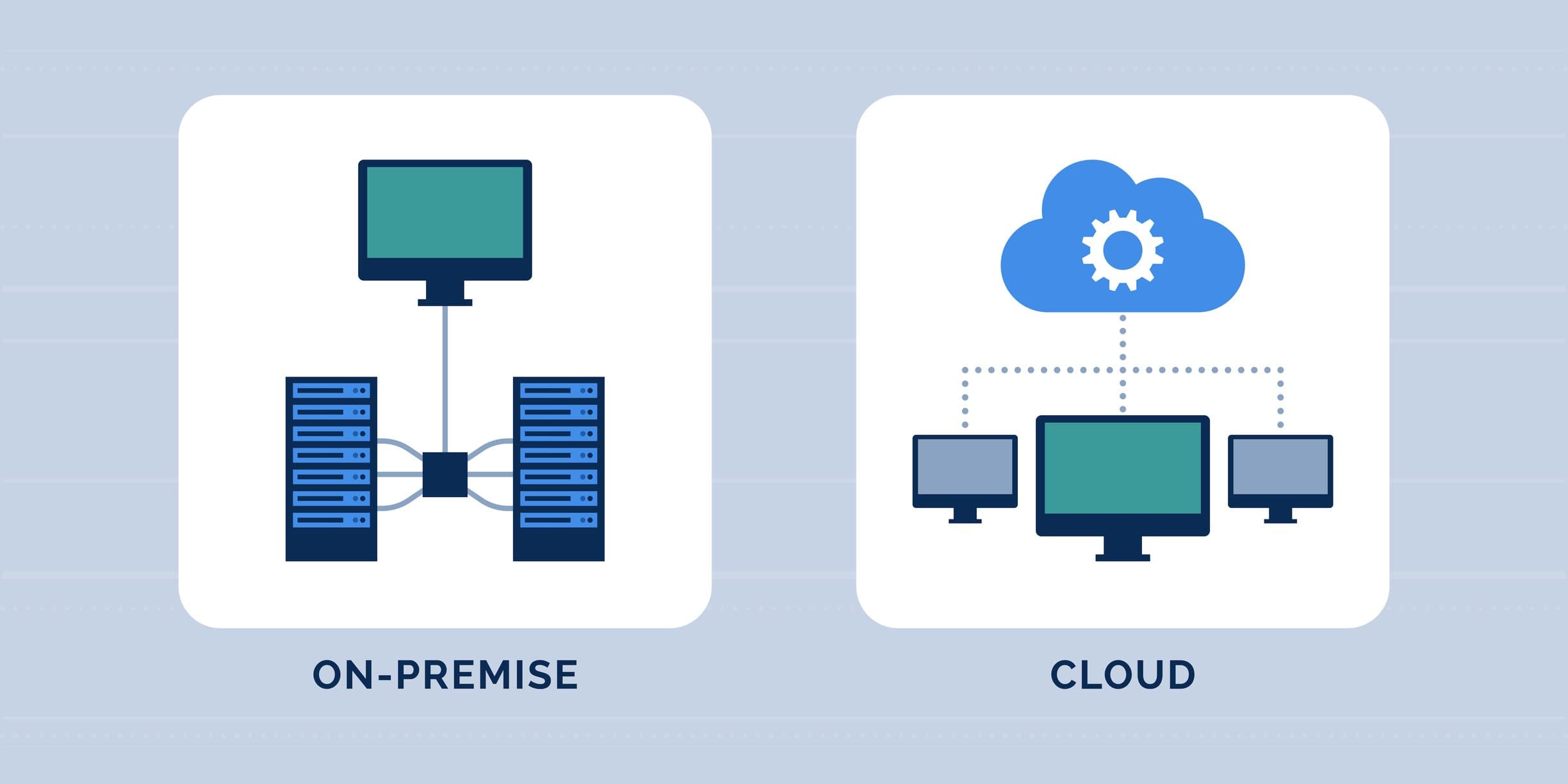
On-Prem vs. Cloud Student Information Systems: What’s at Stake for Higher Ed?
At first glance, moving student information systems (SIS) to the cloud might seem like a no-brainer. In nearly every other industry, cloud adoption has become the standard; the cloud can help organizations streamline operations, strengthen security, and power innovation at scale. And yet, in higher education, many institutions are not following suit. In fact, despite being arguably the most critical system in an institution’s tech stack, the student information system is often one of the last to be modernized. According to reports from various polls across higher education, the adoption of cloud student systems continues to lag behind the adoption of cloud HCM and finance systems.
This resistance raises an important question: When it comes to student information systems, is the cloud essential or simply a nice-to-have?
Below, we explore the key differences between on-premises and cloud student information systems and unpack what’s truly at stake for institutions navigating this decision.
On Premises Vs. Cloud SIS. Expectation Vs. Reality
When higher education leaders weigh whether to stick with an on-premises student information system or move to the cloud, the perceived differences can sound deceptively simple. Those who prefer on-prem student information systems see on-prem as stable, secure, and fully customizable—and view the cloud as restrictive, externally controlled, and less secure. Those who favor cloud systems see the cloud as modern, agile, and easier to maintain. They view on-prem as outdated, costly to manage, and resistant to innovation.
In reality, the differences between on-prem and cloud systems are much more nuanced. It’s not just about control versus convenience; each model impacts how an institution scales, secures data, manages IT resources, and adapts to future needs.
Should Your Student Information System Stay On Premises or Move to the Cloud?
The decision to stay with an on-premises SIS or migrate to the cloud impacts the institution's operational efficiency, financial health, and future growth. Many institutions have been using on-prem SIS for years, but the question remains: should you continue to rely on it, or is it time to explore the benefits of a cloud SIS?
Consider the following factors before deciding whether to stick with an on-prem solution or make the leap to the cloud:
- Cost and Security
Most on-premises SIS require high upfront costs for servers, infrastructure, and IT staff, and require ongoing expenses for customizations, updates, and compliance management (e.g., FERPA). Institutions bear full responsibility for data security and privacy, which can be resource-intensive. In contrast, cloud student information systems offer automatic updates, security patches, and potentially limitless scalability, with vendors handling much of the data protection and compliance. Cloud systems provide predictable subscription costs, flexibility, and reduced internal IT burdens, making them more agile and cost-effective, especially for institutions with limited resources or fluctuating enrollment. - Scalability and Growth
For institutions with stable student numbers, scalability may not be a major concern outside of predictable scenarios of high traffic, such as during registration periods. For institutions with fluctuating or growing student populations, the scalability of an SIS is critical. On-prem SIS require significant infrastructure upgrades to handle increased student data, such as adding servers or expanding storage, which can be costly and time-consuming. Cloud SIS offer flexible scalability, allowing institutions to easily increase or decrease resources on demand, e.g. amid enrollment changes. Cloud systems can automatically scale to accommodate growth without the need for large, upfront infrastructure investments, making them ideal for institutions anticipating changes in student numbers. - Customization and Control
On-prem SIS offer complete customization control, allowing institutions to tailor features, workflows, and integrations to their specific needs, such as specialized reporting or unique student data management. However, this level of customization can be resource-intensive, requiring skilled (and trained) IT staff to maintain and update the system. Cloud SIS, while typically less customizable, provide a standardized and modern user interface, along with built-in features that can streamline processes. For institutions that require deep, custom workflows (like complex registration or grading systems), staying on-prem may be necessary. However, if the needs are more standardized—or if the institution has turnover of skilled IT employees responsible for managing infrastructure customizations—a cloud SIS offers easier maintenance and quicker updates. - Resource Allocation
Resource consideration is a bit more cut and dried when it comes to cloud vs. on-premises student information systems. Managing an on-prem SIS takes a significant amount of IT resources—regular updates, troubleshooting, and managing system backups and security. This can divert valuable IT staff from more strategic projects. With a cloud SIS, much of the maintenance, security, and updates are handled by the cloud service provider, freeing up IT staff to focus on other areas of the institution, such as implementing academic advising systems or student engagement tools. For institutions with limited IT resources, the cloud can provide a more efficient use of staff time, which can power institutional innovation.
The Most Important Consideration: Long-Term Sustainability
The decision to stick with an on-prem SIS or transition to the cloud depends on your institution's specific needs, resources, and long-term goals. If control, customization, and direct management of data are paramount, and you have the IT resources to maintain your system, staying on-prem may be the best option.
That said, the biggest question to ask may very well be: How important is it to stay up-to-date with technological changes? While on-premises systems have their advantages, there are a great deal of things that newer cloud systems can do that older on-prem systems can’t: Offering real-time, data-driven insights, mobile-first experiences, student self-service tools, and much, much more. Additional external factors like changing regulatory requirements and evolving student technology demands makes moving your student information system to the cloud sounds less like an option and more like an imperative.




